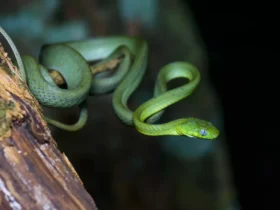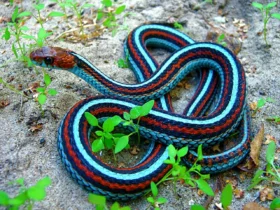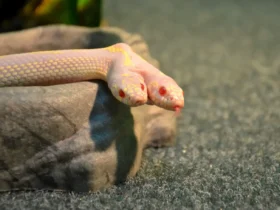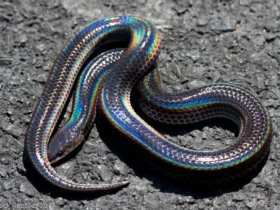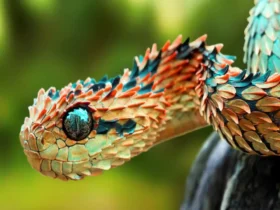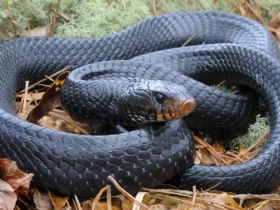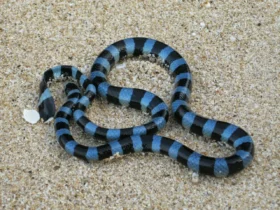The Rhinoceros Ratsnake, scientifically known as Gonyosoma boulengeri, is a remarkable and enchanting snake species found in the dense rainforests of Southeast Asia. With its vibrant colors and distinctive horn-like scales, this non-venomous serpent has captivated herpetologists and reptile enthusiasts alike. In this article, we delve into the fascinating characteristics and behavior of the Rhinoceros Ratsnake, shedding light on its remarkable adaptations and captivating allure.
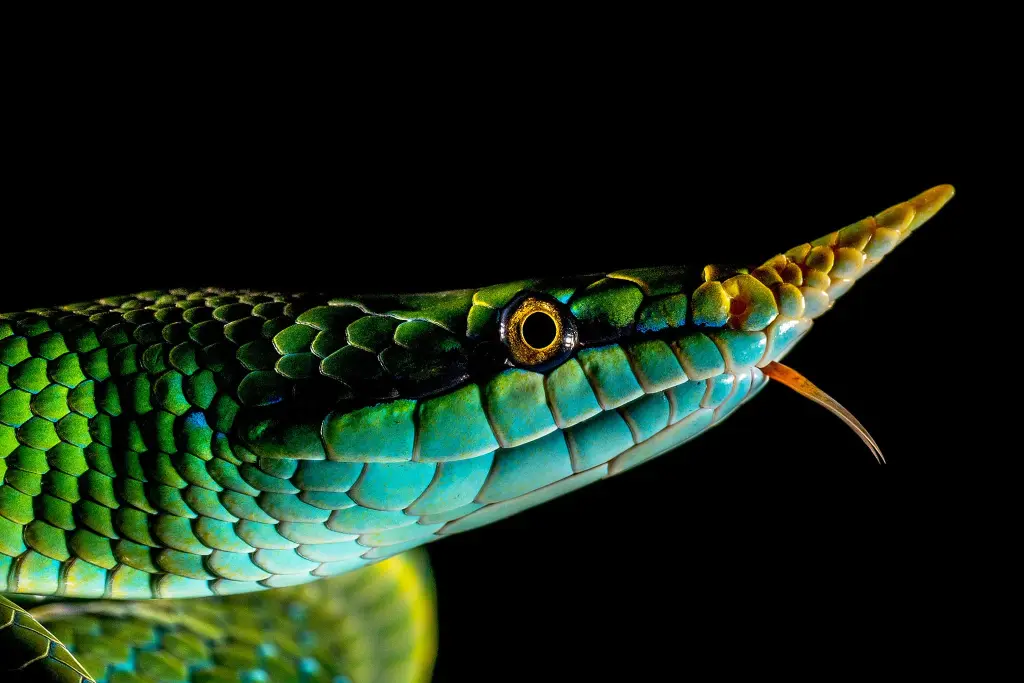
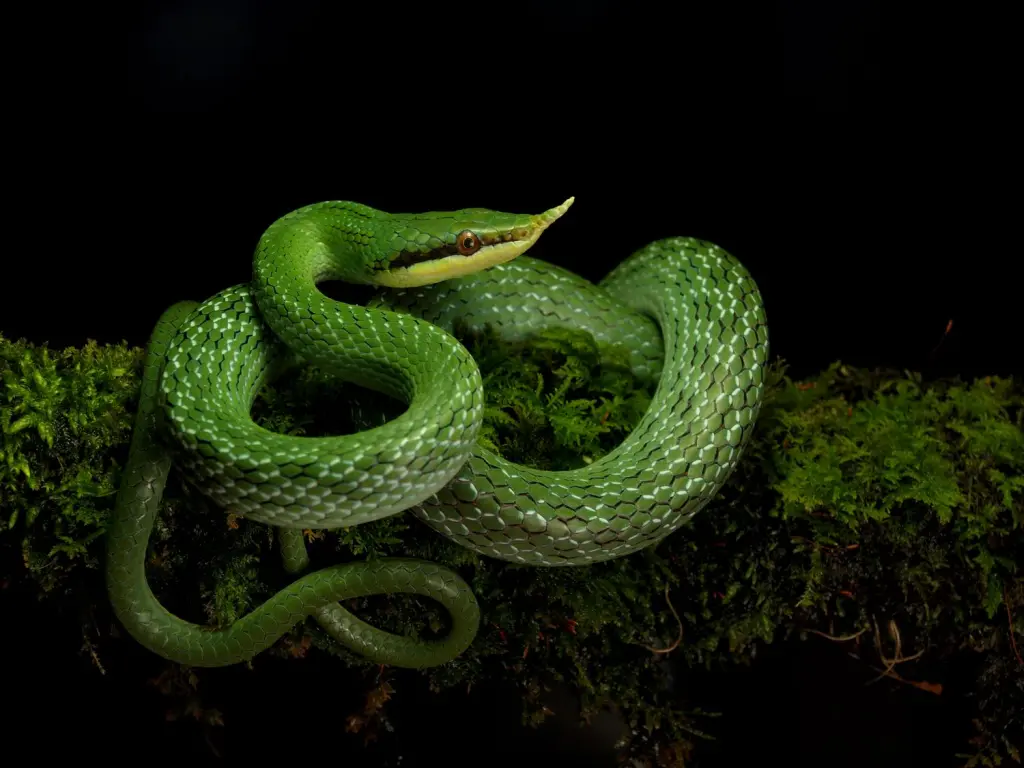
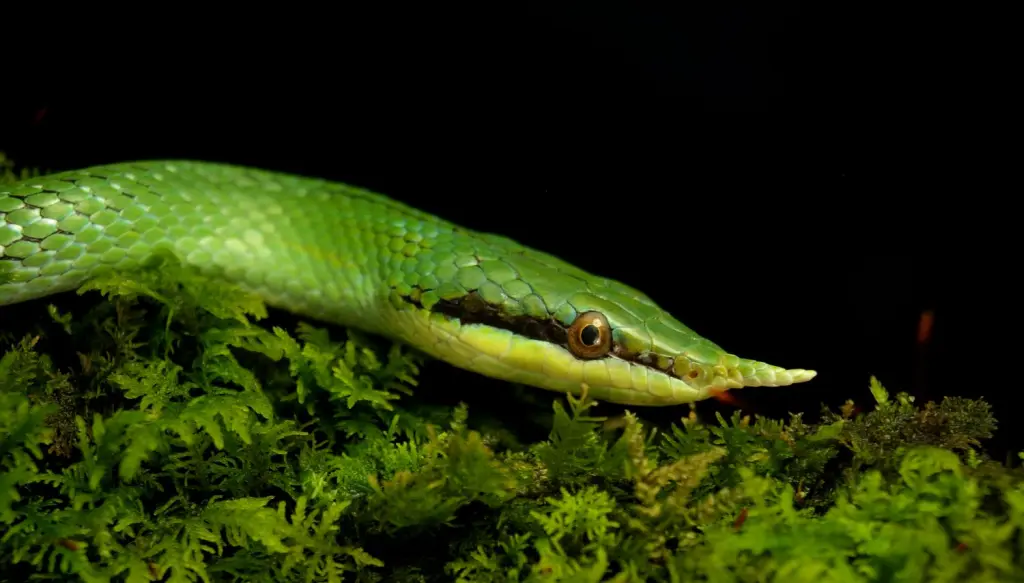
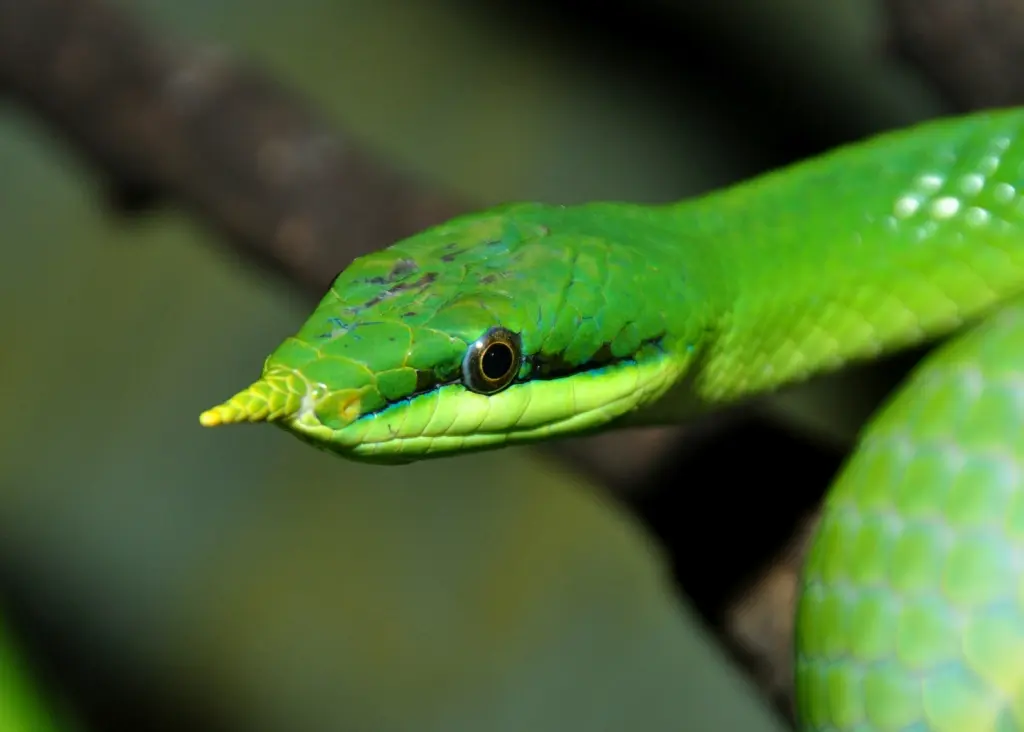
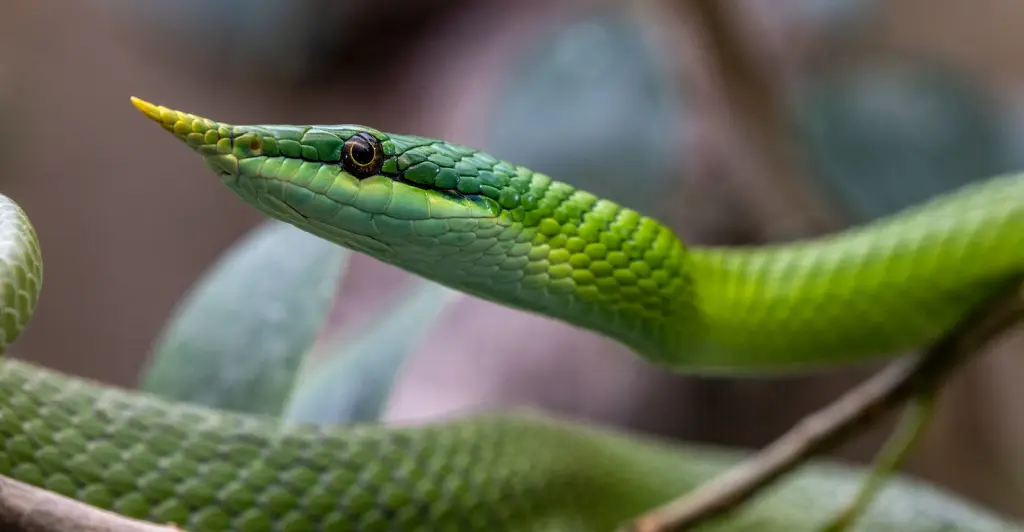
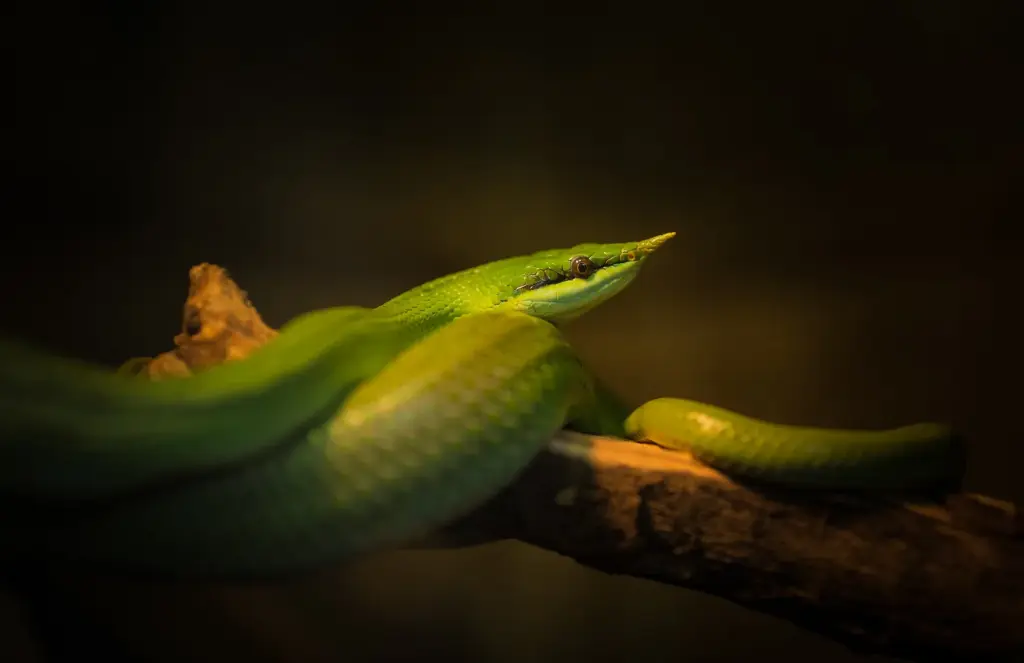
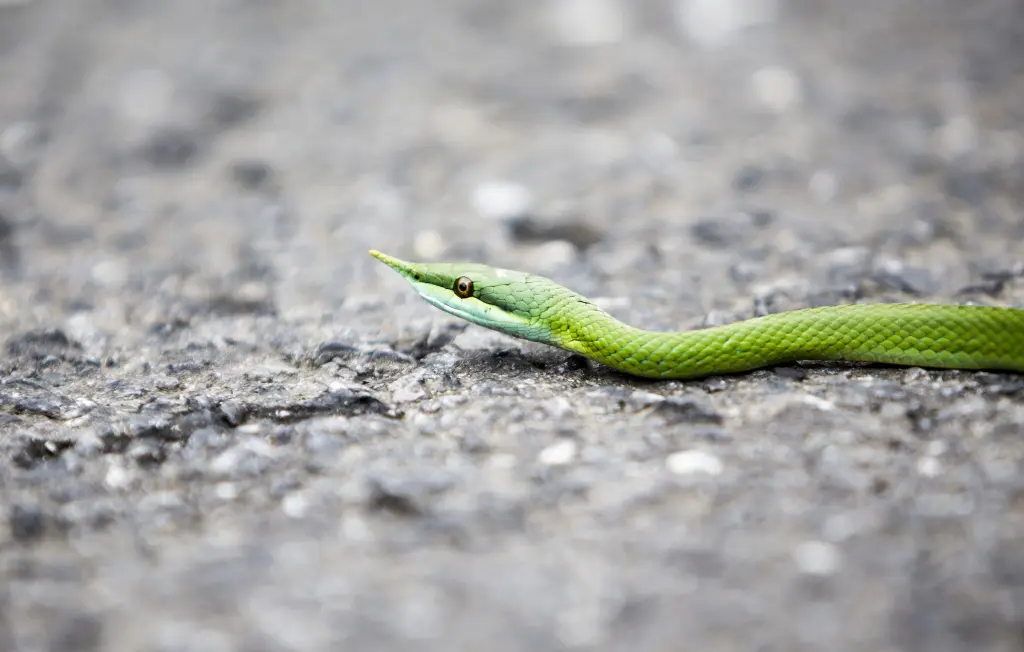
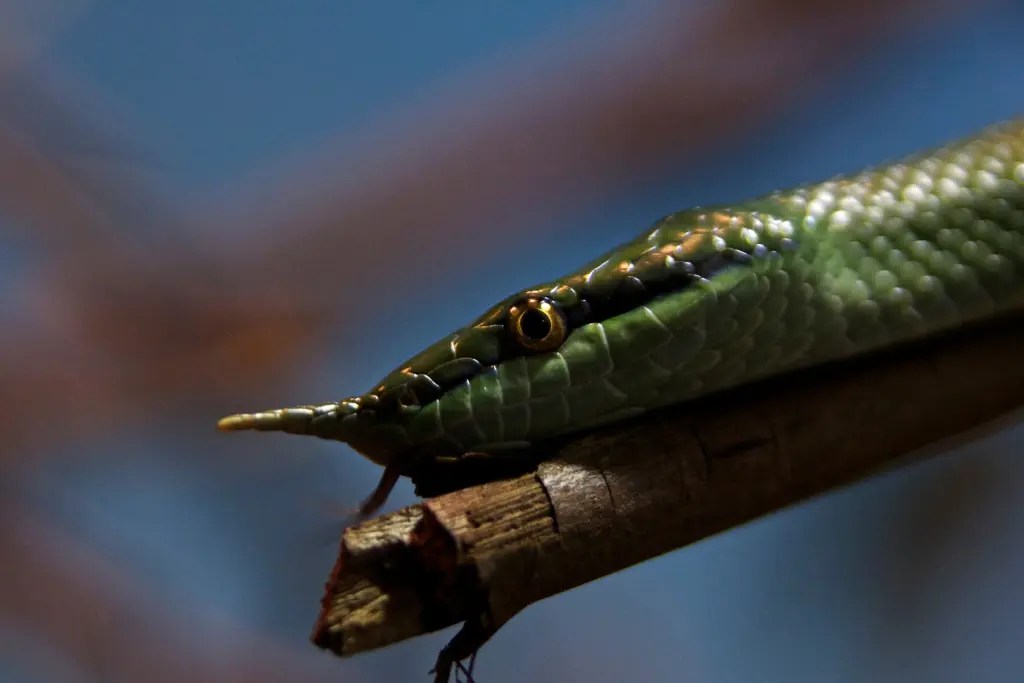
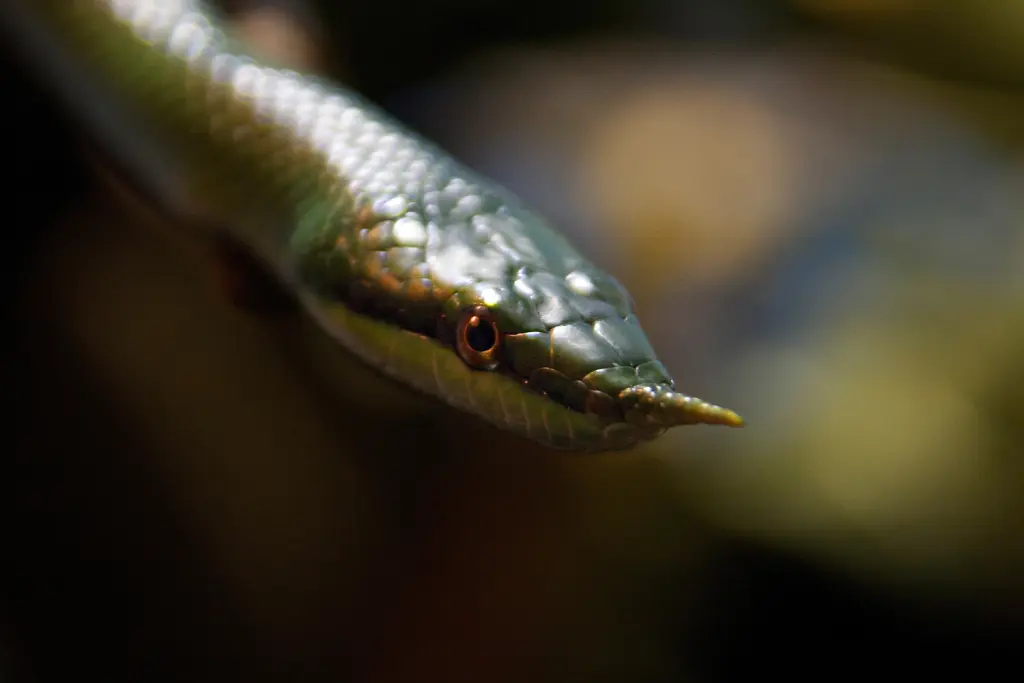
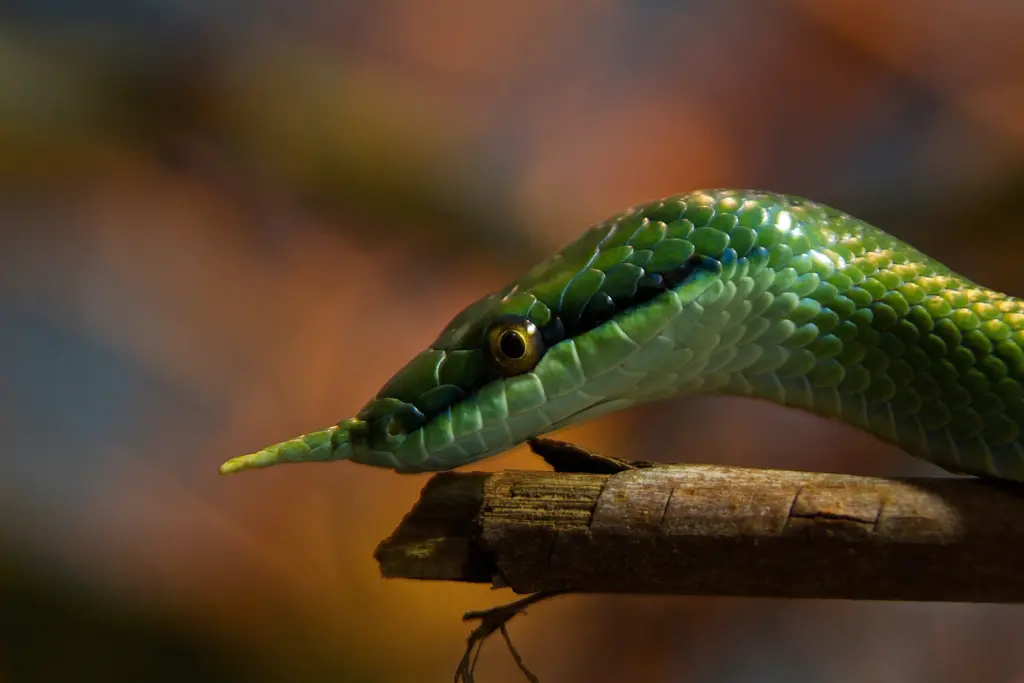
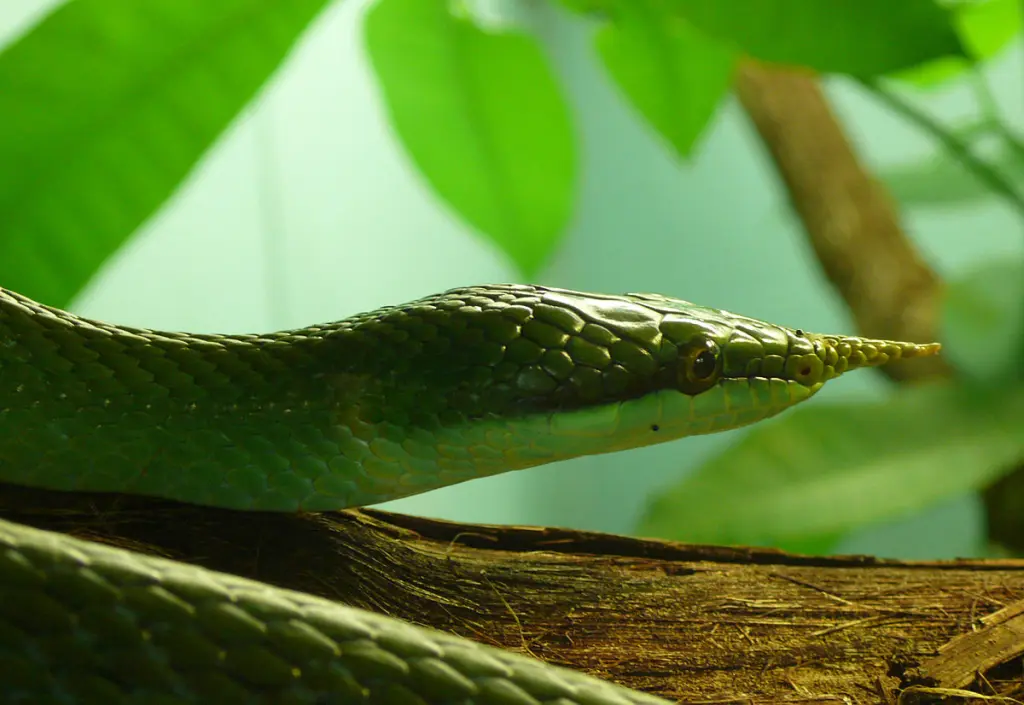
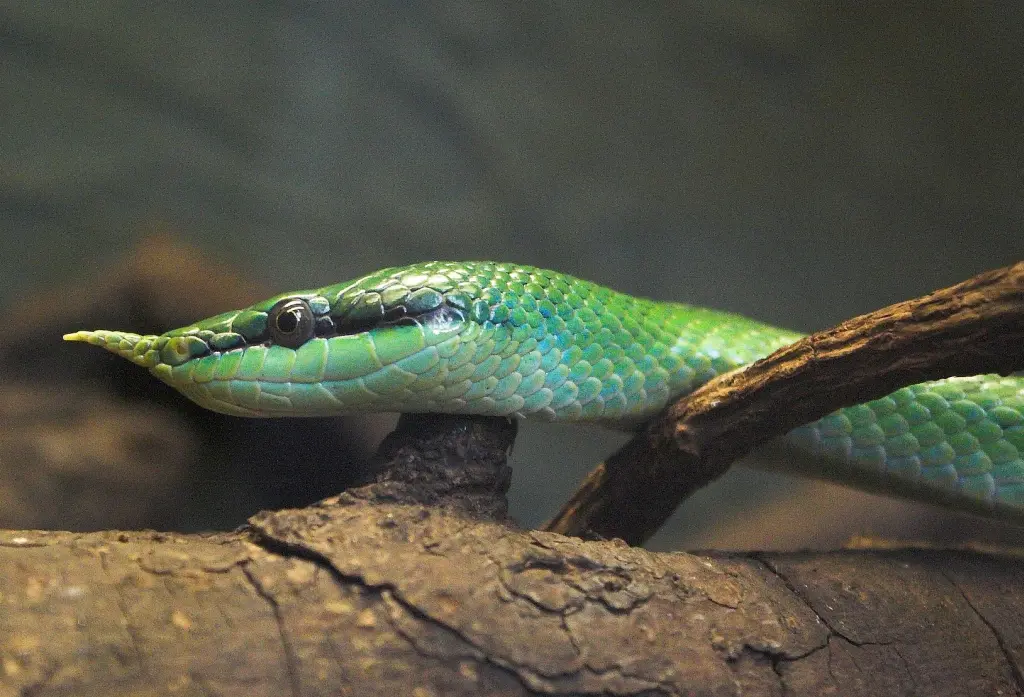
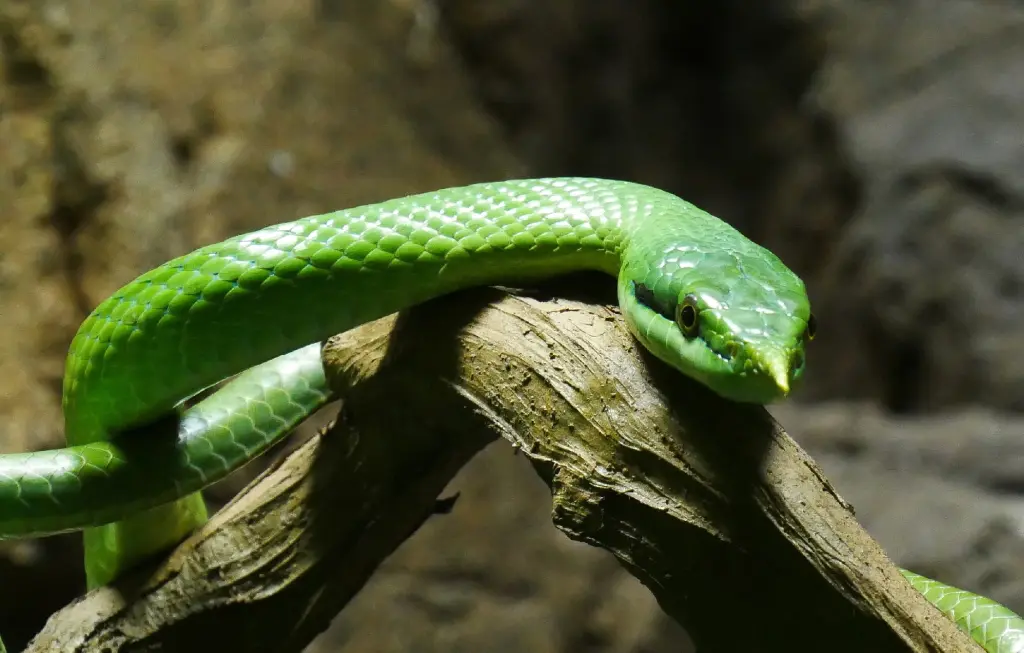
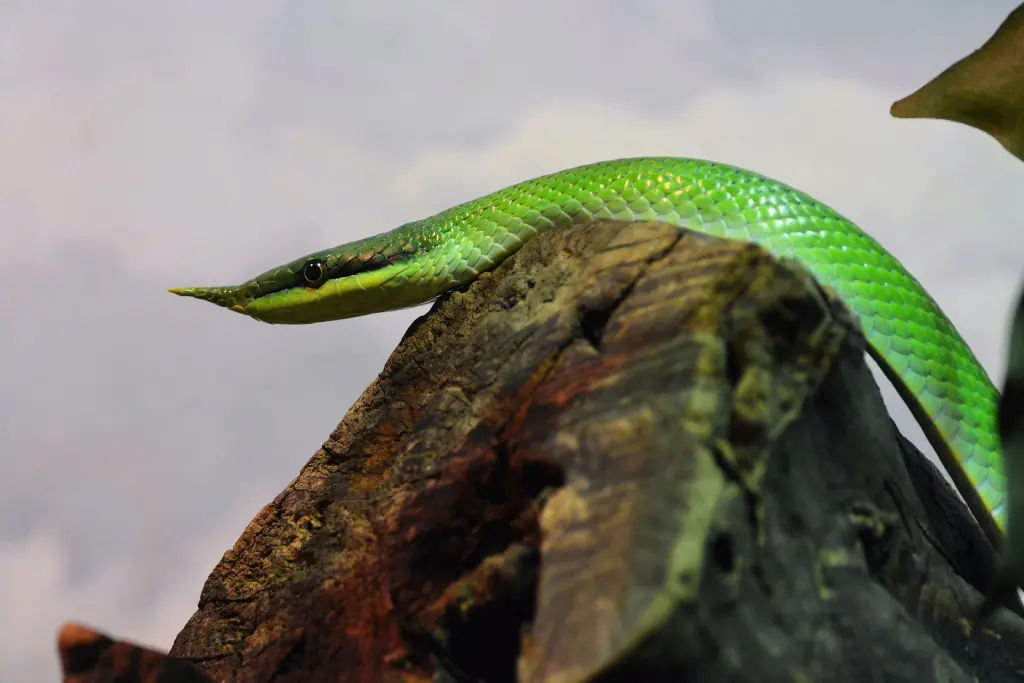
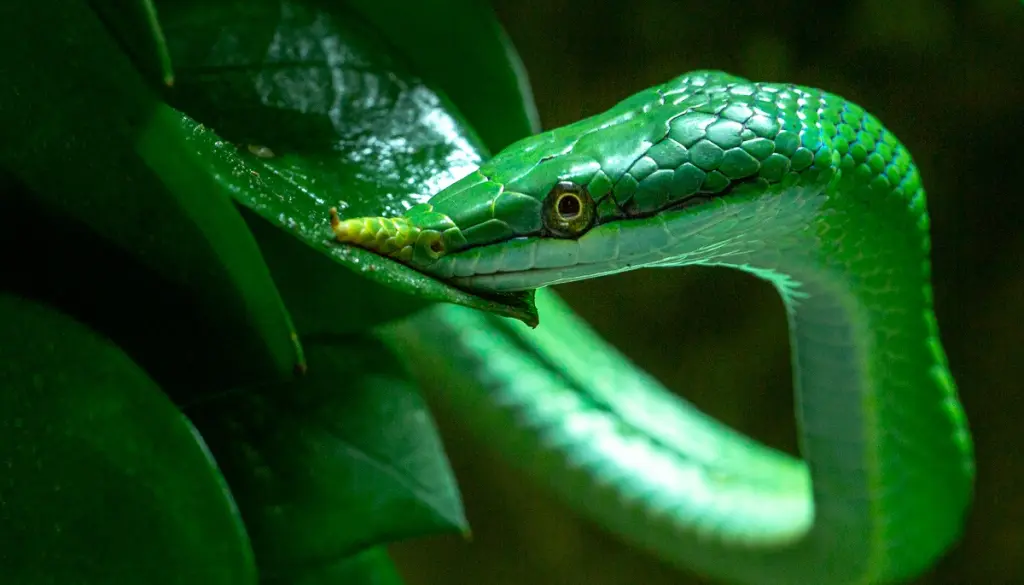
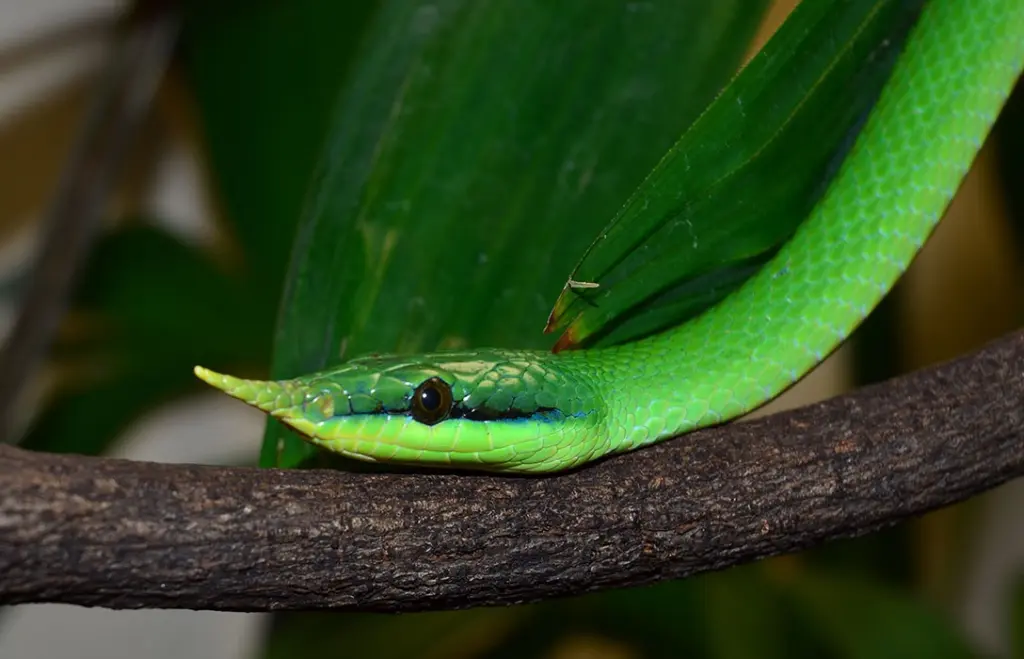
Appearance and Coloration
One of the most striking features of the Rhinoceros Ratsnake is its unique appearance. Growing up to 6.5 feet (2 meters) in length, it displays a slender and agile body, perfectly adapted for life in the trees. What truly sets this snake apart, however, are its rhinoceros-like scales that adorn its snout. These horn-shaped scales add to its mystique, giving it a distinctive and memorable look.
The coloration of the Rhinoceros Ratsnake is a sight to behold. Typically, it boasts a vibrant green or bluish-green body, adorned with bold yellow or white markings. The contrasting colors serve as a natural camouflage, allowing the snake to blend seamlessly with the lush foliage of its rainforest habitat. As they mature, some individuals may develop a rich dark brown or black coloration, further accentuating their magnificence.
Habitat and Distribution
The Rhinoceros Ratsnake is primarily found in the tropical rainforests of Southeast Asia, including countries such as Thailand, Malaysia, and Indonesia. These snakes are arboreal creatures, meaning they spend a significant portion of their lives in the trees. Their excellent climbing abilities are facilitated by their long, prehensile tails, which provide stability and maneuverability while navigating the dense canopy.
Behavior and Diet
As an agile and arboreal species, the Rhinoceros Ratsnake is primarily active during the twilight hours, displaying a crepuscular lifestyle. Their diet mainly consists of small mammals, birds, and reptiles. Using their sharp teeth and powerful constriction, they overpower their prey before consuming it whole. Fascinatingly, these snakes are known to be agile climbers and skilled hunters, often ambushing their prey from elevated positions within the trees.
Reproduction and Lifespan
Like many other snake species, the Rhinoceros Ratsnake is oviparous, meaning it lays eggs rather than giving live birth. After mating, the female deposits a clutch of 10 to 20 eggs in a secluded location, such as a hollow tree or hidden crevice. The eggs are left to incubate, and the hatchlings emerge after a period of approximately 50 to 60 days. With proper care, the Rhinoceros Ratsnake can live for more than 20 years in captivity.
Final Thought
The Rhinoceros Ratsnake, with its remarkable appearance and captivating behavior, stands out as one of nature’s true marvels. Its vibrant colors, distinctive rhinoceros-like scales, and arboreal lifestyle make it a true spectacle in the rainforests of Southeast Asia. While it is important to respect and conserve this species and its habitat, appreciating its natural beauty and understanding its role in the ecosystem provides us with an opportunity to marvel at the wonders of the natural world. The Rhinoceros Ratsnake remains a truly mesmerizing serpent, reminding us of the breathtaking diversity of life that exists within our planet’s rich tapestry of ecosystems.

